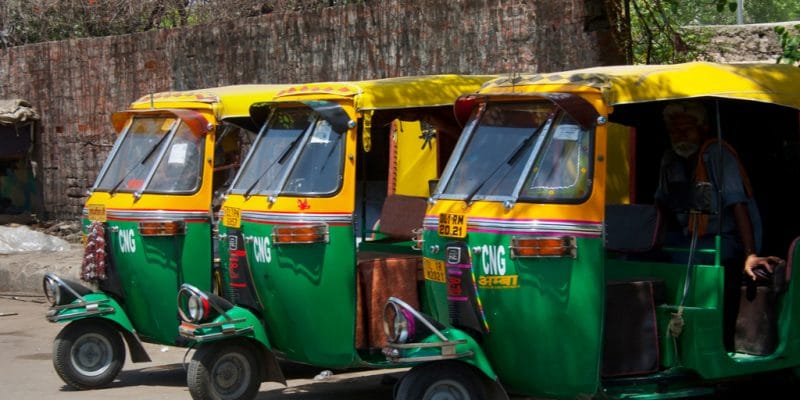In many African countries—especially Nigeria—the word “Keke” has become synonymous with the three-wheeled vehicle used for both passenger transport and commercial delivery. Originally short for Keke NAPEP (National Poverty Eradication Programme), these vehicles are also referred to globally as auto rickshaws, e-rickshaws, or tuk-tuks. But did you know there are actually several different types of Keke in the market?
In this blog, we’ll explore the various types of Keke based on powertrain, function, and design, and explain how QSD’s electric Keke lineup supports each category with reliable, high-performance solutions.
1. Fuel-Based Keke
Traditionally, most Keke in Africa have been powered by petrol or CNG (compressed natural gas). These models feature small combustion engines, typically between 150cc and 200cc, and are favored for their low cost and widespread availability.
Pros:
-
Easy to refuel
-
Affordable initial cost
-
Well-understood by local mechanics
Cons:
-
High maintenance
-
Fuel expenses
-
Air and noise pollution
Common Brands: Bajaj RE, TVS King, Piaggio Ape (petrol models)
2. Electric Keke (E-Rickshaws)
With the rise of cleaner energy and rising fuel costs, electric Keke are becoming increasingly popular across Africa and Asia. These three-wheelers run on battery power—typically 48V, 60V, or 72V systems—and produce zero tailpipe emissions.
Pros:
-
No fuel cost
-
Quiet operation
-
Environmentally friendly
-
Lower maintenance
Cons:
-
Requires charging infrastructure
-
Battery replacement costs after 1.5–3 years (unless lithium-ion is used)
QSD’s Role:
QSD (Qiangsheng Electric Vehicle) is one of China’s leading electric tricycle manufacturers, with a strong presence in Africa. QSD provides a wide range of passenger and cargo electric Keke, available in multiple voltage options and battery types—including custom ODM battery systems tailored for different climates and terrains.
3. Passenger Keke
These are the most common Keke seen on city streets, used to carry 2–4 passengers in urban and peri-urban areas. Their compact size allows easy maneuvering through traffic, while their affordability makes them ideal for short-distance public transport.
Use cases:
-
City taxi services
-
First- and last-mile transport
-
Local tourism and shuttle rides
QSD Example: QSD’s electric passenger Keke offers high comfort, a spacious cabin, roof protection, and long battery range (up to 100km), with optional solar charging for remote areas.
4. Cargo Keke (Loader Tricycles)
These Keke models are built for goods delivery and commercial transport. Instead of passenger seats, they feature a rear cargo bed or box enclosure, allowing them to carry items ranging from food and produce to construction supplies.
Load capacity:
-
Light-duty: 300–500 kg
-
Heavy-duty: 1–2 tons (QSD offers models with up to 2-ton capacity and 4,000W motors)
QSD Advantage: QSD’s cargo Keke are widely used in Nigeria, Bangladesh, and the Philippines for market deliveries, logistics, and municipal services. Their reinforced chassis and reliable battery systems ensure performance even under tough conditions.
5. Hybrid or Solar-Assisted Keke
While less common, some Keke models now come with hybrid power systems or solar panel support, enabling greater efficiency and extended range, especially in sun-rich regions of Africa.
Use cases:
-
Eco-tourism fleets
-
Rural areas with limited charging stations
QSD’s innovation: QSD has developed solar-assisted electric Keke options that are currently in use in parts of East and West Africa. These vehicles help reduce dependence on grid power and are ideal for long daily shifts.
Conclusion
So, what are the different types of Keke? From fuel-powered street taxis to solar-charged delivery loaders, Keke today come in a wide range of formats tailored to regional needs. As the world shifts toward greener mobility, electric Keke—especially those from QSD—are leading the transformation with better design, performance, and cost savings.
Whether you’re a dealer, distributor, or transport operator, QSD has the right Keke solution for your market.
Post time: Apr-02-2025

